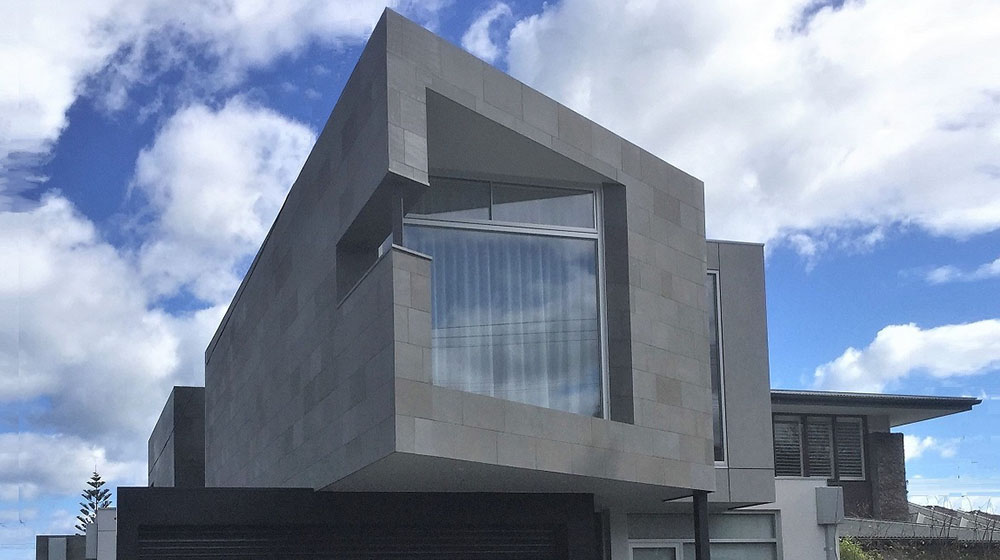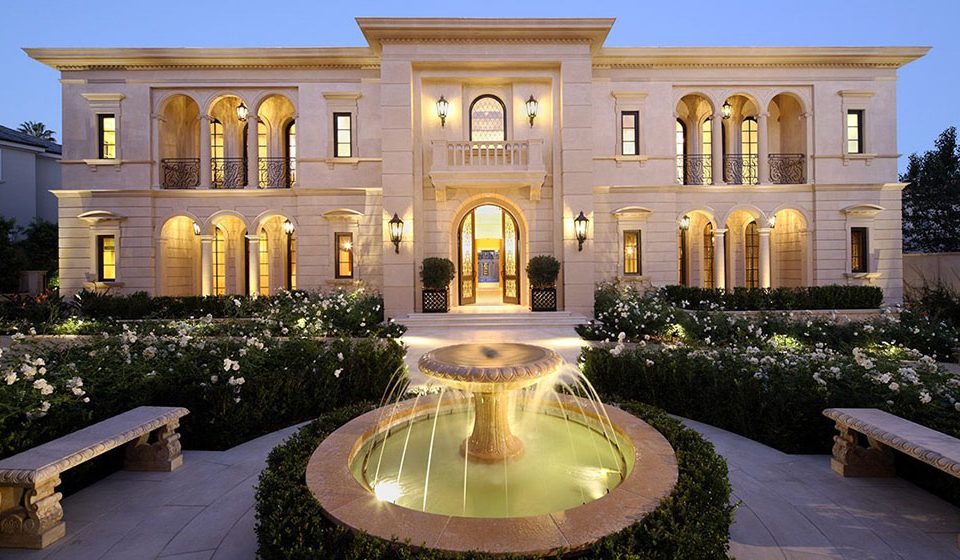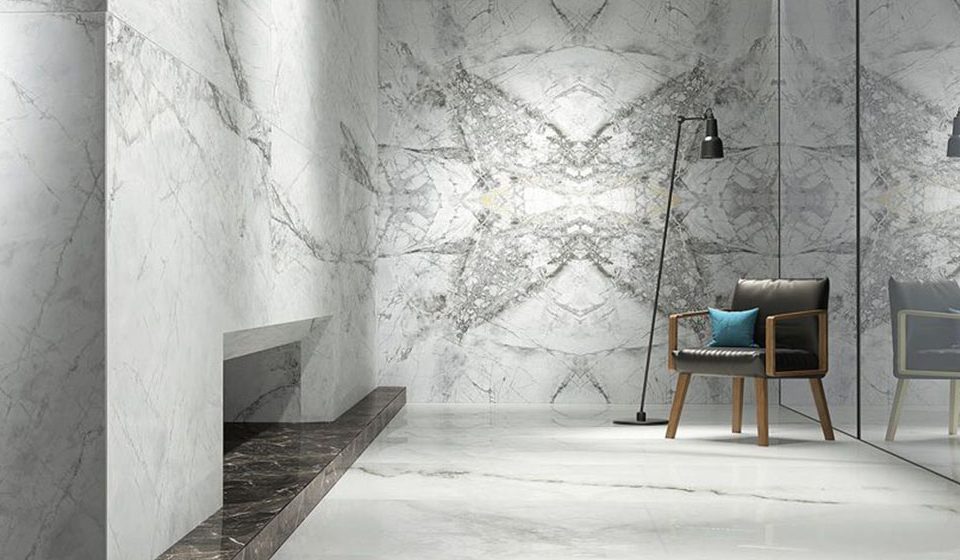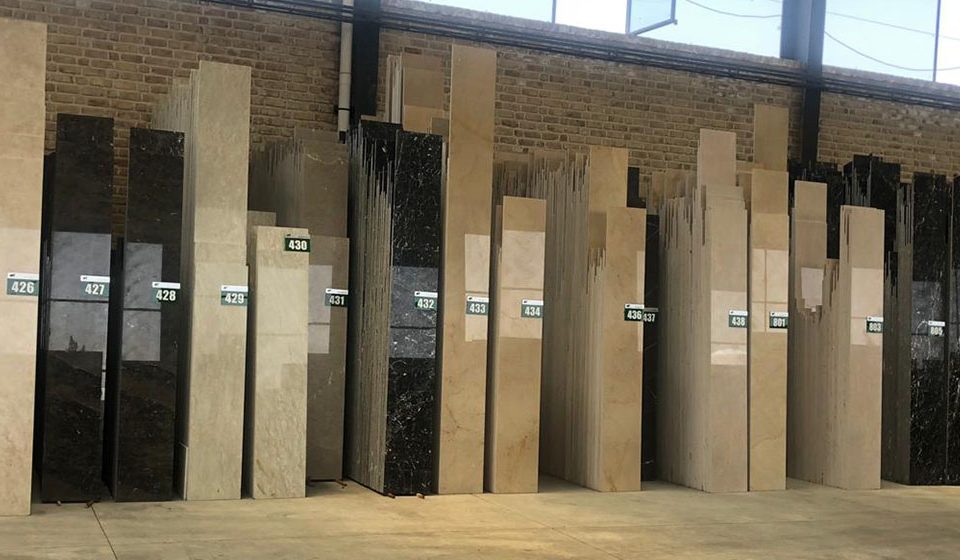Introducing the types of building facades and the characteristics of each of them

What spaces can granite be used?
12 July, 2020
5 reasons to use granite for kitchen countertop
6 September, 2020
Building facades
The word facade originally comes from the Italian word “facciata”, and is defined as the outside or all of the external faces of a building. The term is frequently used to refer just to the main or front face of a house. Along with the roof, it is one of the most important elements of a building, since it acts as the primary barrier against external weather elements that could damage the health of the structure, such as rain, snow, wind, frosts, sun, etc. Because of this, it is very important to choose a facade system that protects against these risks whilst helping to achieve lower energy consumption, reduce maintenance costs and improve comfort for the inhabitants.
Introduction of building facade stones
Natural stone is one of the oldest and most popular materials used on the external wall because of its durability. The use of natural stone as facade cladding has shown great technical development over the years. In the following, we will introduce the facade stones of the building and the characteristics of each of them.
GRANITE
Granite is one of the hardest natural stones ever found. Granite is one of the igneous rocks that is produced as a result of cooling of molten volcanic material. Granite has the unmistakable flecked mineral colors with a swirled and spattered grainy appearance. The most popular colors of granite include, brown, pink and black. Granite has a very high strength and is used for building facades and flooring in busy places.
Properties of granite:
- Granite has a high density and is therefore very hard and solid.
- Granite has high polishing and polishing ability.
- Although granite rocks are resistant to cold, heat and climate change, at the same time, due to the humidity of the air, iron minerals are oxidized in it and lead to discoloration.
- Granite rocks do not have good adhesion due to lack of porosity and high density. Therefore, when using it as a building facade, the necessary instructions must be followed.
TRAVERTINE
Travertine falls into the sedimentary rock category. It’s a type of limestone and develops, and is shaped primarily in natural hot springs. travertine is one of the most beautiful stones used in home construction. Travertine comes in a variety of hues, such as pink, orange, and gray. . Travertine is known for its small cavities that form naturally. The lighter the color of the travertine, the less porous it is and the higher the quality.
Properties of travertine:
- Travertine has natural pores. This feature has increased the beauty and adhesion of cement and mortar to this stone.
- Travertine stone has good resistance to moisture, cold, heat and sunlight.
- Travertine is found in abundance in nature and is cheaper than other stones.
- Travertine has a wide range of colors and suits different tastes of customers.
Crystal stone
Crystal rock is the same as marble and is one of the types of limestone that recrystallizes due to internal factors such as temperature and high pressure. In Iran, this stone is called because it sounds like Chinese when it hits a Chinese stone. The crystal is completely pure white and transparent.
Properties of crystal stone:
- Crystal stone has good resistance to cold, heat and sunlight.
- Crystal stone is resistant to rain and water penetration.
- Crystal rock has good adhesion compared to granite.
SANDSTONE
Sandstone or sandstone is one of the best and most well-known types of sedimentary rocks. Sandstone is formed in different environments where there is water. Sandstone sediments give this stone a very beautiful and natural texture. Due to the uniqueness of minerals, sandstone has a variety of color spectrums, such as: white, pink, orange and yellow.
Properties of sandstone:
- Sandstone has a very high resistance to frost and weathering.
- Water penetration in sandstone is high due to high porosity.
- Sandstones do not have good ability to adhere to cement and mortar.
- Sandstones have a soft or rough texture depending on the raw materials.
- Sandstones are not permeable and are often used in the form of rubble and bush hammer.



